As someone who loves dabbling in design and has a keen interest in technology, I’ve always been curious about how the two can intersect.
It was this curiosity that led me to discover AI painting.
(pssst, if this is your first time here, Welcome! When I write about AI art, I use the opportunity to do a study of one subject in different mediums. For this post, the study is on “a portrait of a cat”. So all of the images you’ll see are based off of that. Enjoy!)
Discovering AI Painting

My journey into the world of AI painting began with a simple online search. I came across a tweet discussing AI generated art and was immediately intrigued. I started reading more about AI artists, and before I knew it, I was diving deep into the fascinating realm of generative art.
The concept of AI painting, where software can generate artwork, was a fascinating concept for me. I was captivated by the idea of an Artificial Intelligence platform being able to create something as subjective and personal as art.
This curiosity led me to explore different AI art tools and AI art software, further deepening my interest in this emerging field.
My Initial Impressions
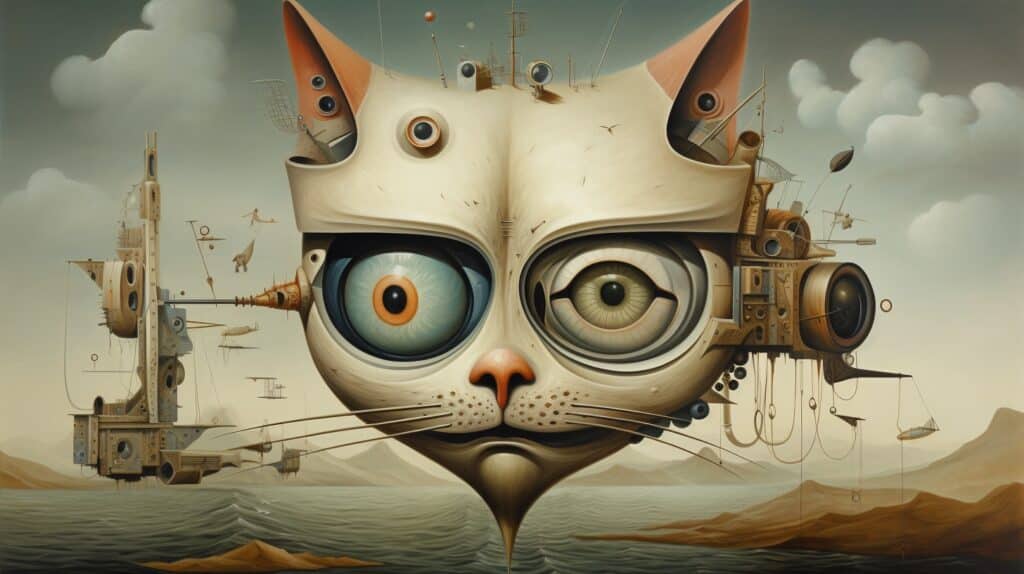
My first encounter with AI painting was a mix of fascination and slight skepticism. Could a machine really create art that resonates on an emotional level?
To answer this question, I started exploring various AI art galleries online.
To my surprise, I found myself drawn to the unique beauty of these AI-generated pieces. They had a sort of raw, unfiltered creativity that was captivating.
The artwork was abstract, thought-provoking, and at times, eerily beautiful. It was a refreshing change from the traditional art forms I was accustomed to.
Moreover, I found the process behind creating these pieces equally intriguing. The AI tools and software I explored used machine learning algorithms that could ‘learn’ artistic styles and then generate unique pieces of art.
This blend of AI and creativity was something I hadn’t previously considered, and it opened my eyes to the vast potentials of AI painting.
My initial foray into AI painting has been an enlightening experience, sparking a curiosity that I’m eager to explore further.
From understanding how AI creates art to contemplating the ethics of AI art, I look forward to diving deeper into this intriguing intersection of art and technology.
Understanding AI Painting
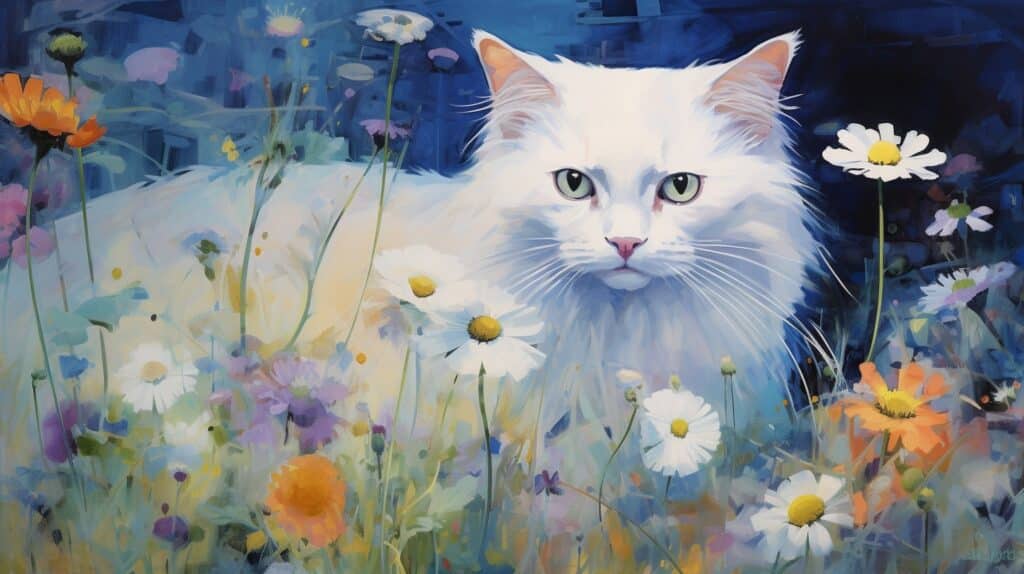
To truly appreciate the marvel of AI painting, it’s crucial to get a grasp of how it works. The process behind AI creating art is equally fascinating as the final piece itself.
How AI Creates Art
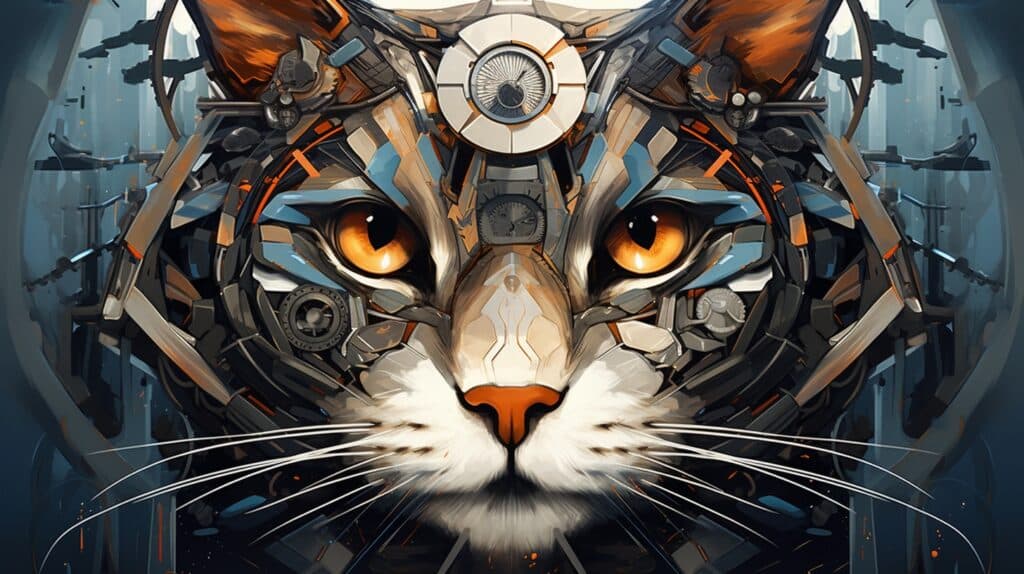
When I first encountered AI painting, I was intrigued by the idea of a non-human entity generating art.
But how exactly does AI create art?
AI art, or algorithmic art, involves the use of algorithms and coding to generate visuals. Algorithms are programmed to make specific decisions based on the data they are fed, and in the case of AI painting, this data often includes thousands of images of existing artworks.
AI uses this data to learn about different art styles, patterns, and elements, and then creates its own unique pieces based on this learning.
The most amazing thing about AI painting is that no two pieces are ever the same. Even with the same dataset and algorithms, the AI will generate a completely new and unique piece each time. As someone who cherishes originality in art, this aspect of AI painting truly intrigues me.
You can explore more about this in our article on ai generated art.
The Role of Machine Learning in AI Painting

One term that often comes up when discussing AI painting is ‘machine learning’. Machine learning is a subset of AI that enables the system to learn and improve from experience without being explicitly programmed.
In the context of AI painting, machine learning allows the AI to ‘learn’ from the vast datasets of images it is provided. Over time, the AI starts to recognize patterns and styles in these images and begins to incorporate these elements into its own creations.
This is what allows AI paintings to exhibit a wide range of styles, from impressionism to surrealism and everything in between.
What’s even more astounding is that as the AI continues to learn and evolve, so does its artwork. This means that the art it creates today could be vastly different from the art it creates a year from now.
This constant evolution and unpredictability add a layer of excitement and anticipation to AI painting. You can learn more about this in our piece on ai artists.
Understanding the process behind AI painting and the role of machine learning has deepened my appreciation for this innovative form of art. It’s been a fascinating journey so far, and I can’t wait to see where AI painting will take us in the future.
For those interested in exploring AI painting further, our ai art gallery is a great place to start.
The Magic of AI Painting
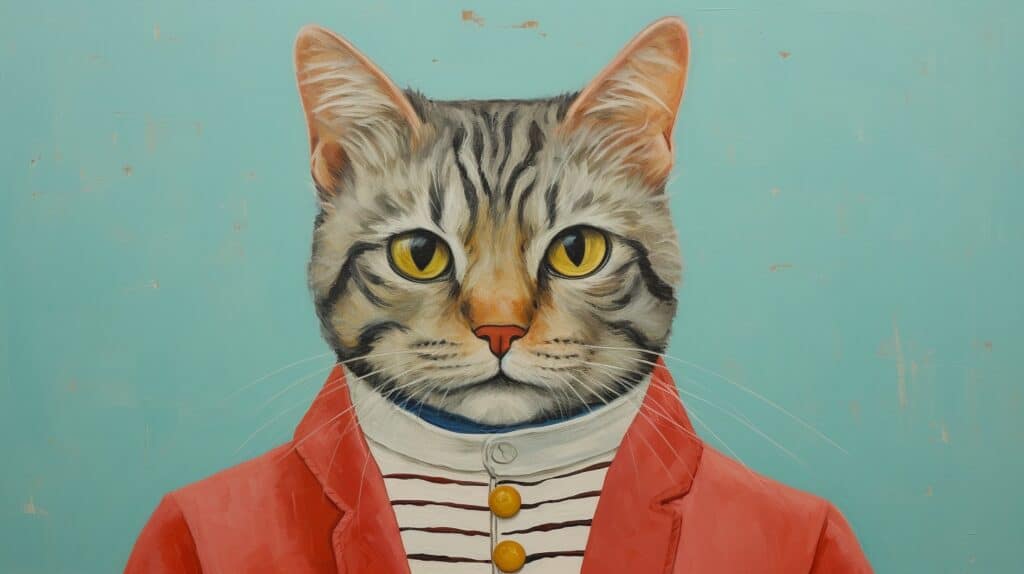
As I delved deeper into the world of AI painting, I couldn’t help but marvel at the magic it manifests. From the creative process to the element of surprise, AI painting left me enchanted.
Unveiling the Creative Process
The creative process behind AI painting is fascinating. Unlike traditional painting, where an artist expresses emotions and ideas through brushstrokes, AI uses algorithms and datasets to create art.
AI painting works on the principles of generative art, using algorithms to generate complex patterns and designs. It begins with the machine learning model being fed with a massive dataset of images.
The AI then analyzes these images, identifies patterns, and learns different art styles.
Once the AI is trained, it can generate new pieces of art by combining different elements it has learned. Each piece of AI art is unique and cannot be exactly replicated, just like a painting done by a human artist.
For more detailed insights on how AI creates art, you can refer to my previous article on ai generated art.
The Surprise Element in AI Art
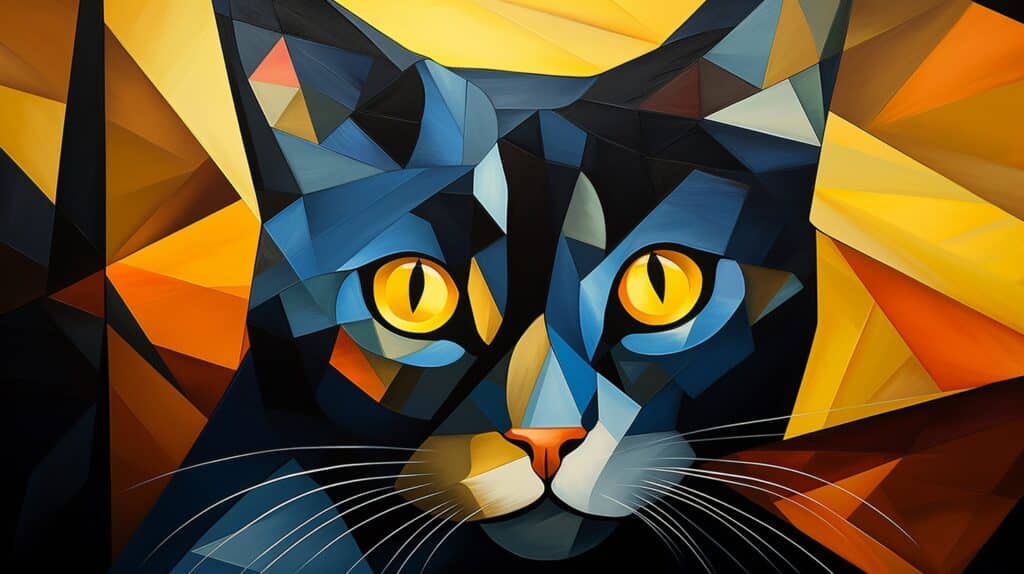
The unpredictability of AI painting is what makes it so exciting. When I generate a piece of AI art, I never know exactly what I’m going to get. The AI takes the reins, and I’m left in anticipation, waiting to see the final outcome.
This element of surprise adds a whole new dimension to the creation process, making it an exhilarating experience.
Each artwork produced by AI is a unique blend of the different aspects it has learned from the dataset. The AI’s interpretation and execution of these elements can lead to unexpected and intriguing results.
This unpredictability mirrors the spontaneous nature of human creativity, making AI painting all the more fascinating.
To see some of the surprising and beautiful pieces of art generated by AI, check out this ai art gallery.
AI painting has truly added a dash of magic to my digital planner. The beauty and unpredictability of the art it creates have brought a new level of excitement to my daily planning.
Whether you’re an artist or just an art enthusiast, I highly recommend giving AI painting a try. It’s a unique blend of art and technology that is sure to inspire and amaze.
The Future of Art and AI
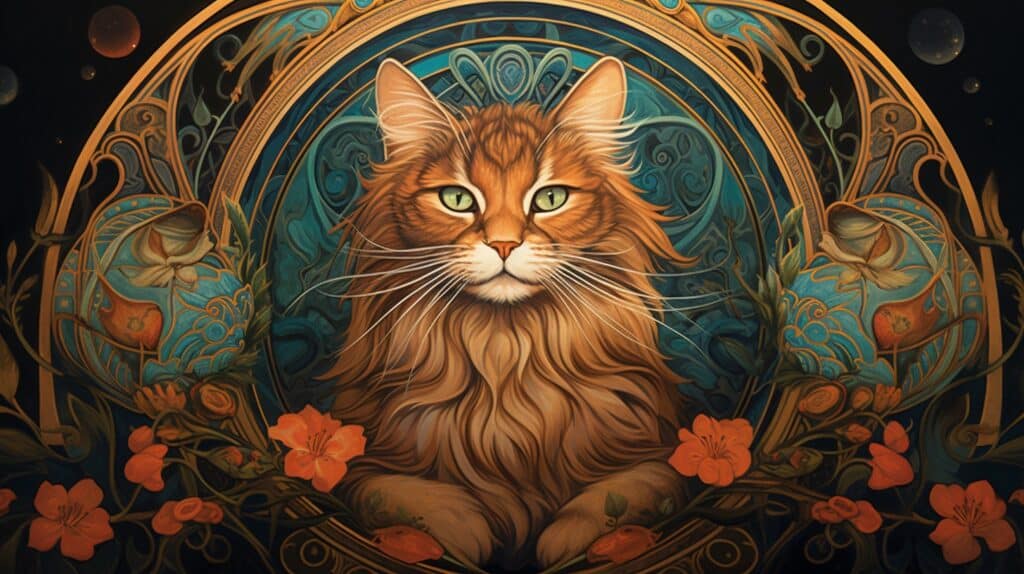
As I delve deeper into the world of AI painting, I can’t help but marvel at the possibilities it opens up for the future of art.
My journey so far has opened my eyes to the transformative potential of this technology, and in this section, I will discuss some of the potential uses of AI in art and how this intersects with creativity.
Potential Uses of AI in Art
From my experience, AI painting is not just a fascinating hobby, but it also holds immense potential for professional applications. AI can be used to create unique, generative art pieces for commercial use or personal enjoyment.
For instance, it can be used to create dynamic and personalized designs for clothing, home decor, and even branding materials.
Another exciting application is in the realm of education. AI painting can serve as an innovative tool to teach art and design concepts, providing a hands-on, interactive learning experience.
It can also be used in research to explore new artistic styles and techniques.
AI painting also presents a unique opportunity for artists and creatives. With AI acting as a collaborative partner, artists can harness the power of machine learning to explore new artistic horizons and express their creativity in unprecedented ways.
This can result in the creation of AI generated art pieces that are truly one-of-a-kind.
For more insights on the applications of AI in art, check out our articles on AI artists and AI art tools.
The Intersection of Technology and Creativity
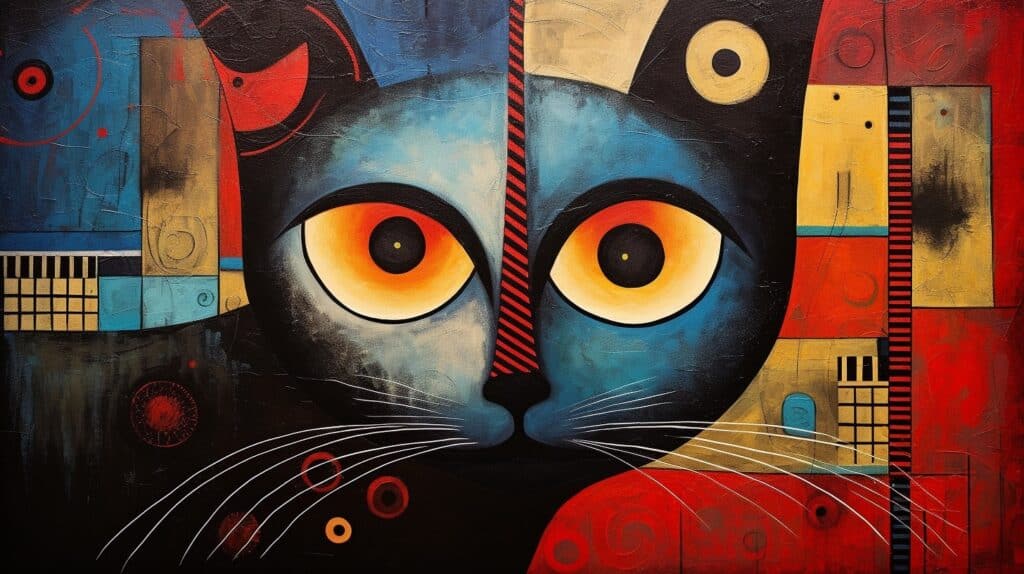
The advent of AI painting has blurred the lines between technology and creativity, leading to a fascinating intersection where art and tech coexist. This convergence allows for the creation of art in ways that were previously unthinkable, pushing the boundaries of what is possible in the realm of artistic expression.
As AI continues to evolve, it’s thrilling to envision how this technology could further revolutionize the art world. From generating intricate designs in seconds to pushing the frontiers of abstract art, the possibilities seem boundless.
However, the integration of AI in art also raises important questions about the nature of creativity and the role of technology in the creative process.
As we continue to explore this new frontier, we must also consider the ethical implications and strive to strike a balance between technological innovation and artistic integrity. For a deeper dive into this topic, I recommend reading our article on AI and creativity.
My journey into the world of AI painting has been a thrilling ride so far, and I am excited to see where this journey takes us in the future.
As we embrace this new era of AI art, I am confident that we will continue to witness incredible innovations that will reshape our understanding of art and creativity.
Embracing AI Art in My Digital Planner
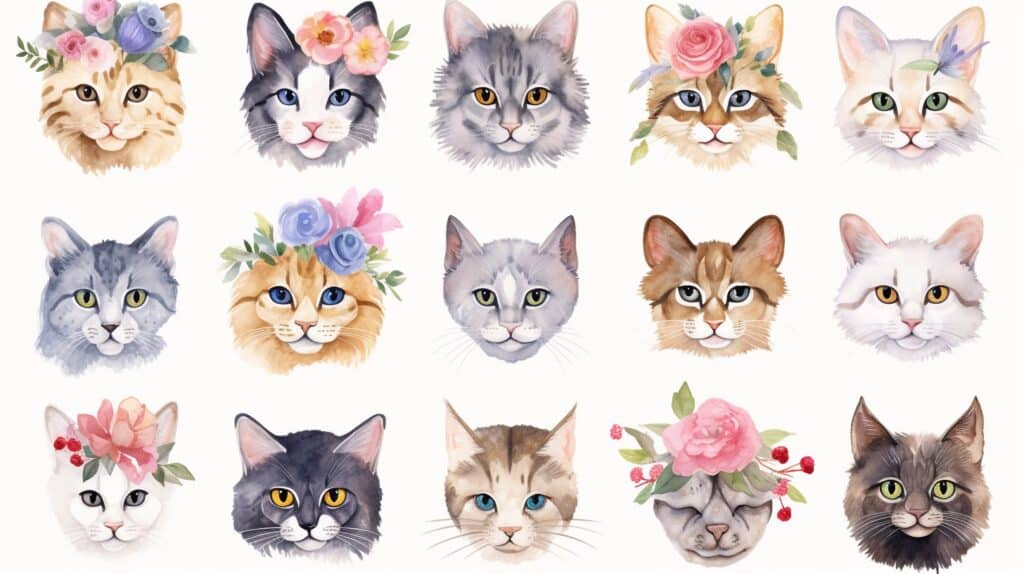
As an enthusiast of both digital planning and AI painting, I’ve found a way to blend both worlds. Here’s how I incorporate AI-generated art into my digital planner and how it enhances my planning experience.
Incorporating AI Art in My Planner
In my digital planner, I use AI painting to create unique artwork for each month’s cover page. I use various AI art tools that let me experiment with different styles and designs.
Whether I want something abstract for a busy month or a serene landscape for a calmer period, AI painting allows me to create it.
I also use AI art for my weekly spreads. I enjoy having different themes for each week, and AI painting provides an endless array of options. Sometimes, I even let the AI surprise me with its generative art capabilities, providing a fun, unexpected twist to my planning routine.
AI painting also comes in handy for creating custom stickers and icons for my planner. With AI, I can generate artwork in specific color schemes or styles to match my planner’s aesthetic.
You can learn more about this fascinating interplay of AI and creativity in our ai and creativity article.
How AI Painting Enhances My Planner Experience
Incorporating AI painting into my digital planner has significantly enhanced my planning experience. It adds a fun, creative element to my routine, making my planner more than just a tool for organization—it’s now also a gallery of unique AI-generated art.
The use of AI art in my planner has also sparked a deeper appreciation for the capabilities of AI. It’s fascinating to see how AI can mimic human creativity, producing artwork that is beautiful, unexpected, and inspiring.
I often find myself amazed by the output of AI artists and how they can transform my simple planner into a work of art.
Lastly, AI painting has made my planner more personalized. With AI, I can generate art that fits my mood, my style, and my needs.
I get to have a planner that’s truly mine, filled with artwork that I’ve had a hand in creating, even if it’s through the lens of artificial intelligence.
Incorporating AI art into my digital planner has been a rewarding experience. It’s a blend of organization and creativity, of human and artificial intelligence. It’s a small glimpse into the fascinating world of AI painting—a world I’m excited to continue exploring.
For more on this topic, feel free to browse our AI art gallery.
